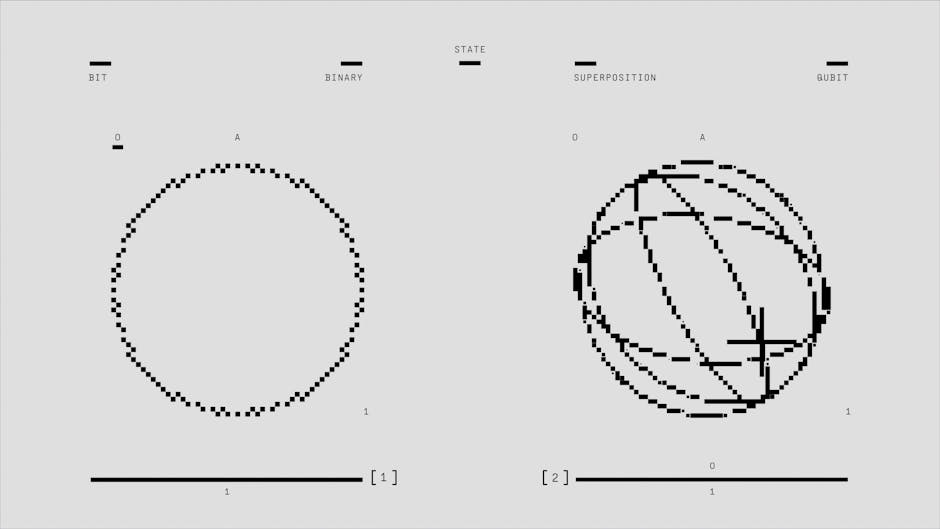We live in an increasingly AI-powered world. From the moment we wake up to the time we go to sleep, artificial intelligence subtly shapes our experiences. But the best AI isn’t something we actively engage with; it’s the kind that works seamlessly in the background, improving our lives without demanding our attention. This post explores the concept of invisible AI, its current applications, and its transformative potential for the future.
Understanding Invisible AI:
The phrase “the best AI is the one you don’t even notice is there” speaks to the ultimate goal of artificial intelligence development: seamless integration. This isn’t about flashy robots or complex algorithms that demand our understanding. Instead, it’s about AI that quietly enhances our daily routines, anticipates our needs, and solves problems before we even realize they exist.
Think about it: spellcheck in your word processor, spam filters in your email, personalized recommendations on your streaming service—these are all examples of invisible AI working effectively behind the scenes. They are so well-integrated into our digital lives that we rarely think about the complex technology powering them.
Examples of Invisible AI in Action:
The applications of invisible AI are vast and growing rapidly. Here are some key examples:
Smart Home Devices: Thermostats that learn your preferences, lighting systems that adjust to the time of day, and security systems that monitor your home—these devices use AI to anticipate your needs and optimize your environment. You benefit from comfort and security without constant interaction with the technology itself.
Personalized Recommendations: Streaming services, e-commerce platforms, and social media feeds utilize AI to curate content tailored to your individual tastes. This personalized experience enhances user engagement without requiring users to understand the underlying algorithms.
Fraud Detection: Banks and financial institutions leverage AI to detect fraudulent transactions in real-time. This protects users from financial loss without demanding any conscious effort on their part.
Predictive Maintenance: AI is used to predict equipment failures in manufacturing and other industries, preventing downtime and optimizing efficiency. This happens largely behind the scenes, ensuring smooth operations.
Autonomous Driving Systems: While still under development, the goal of self-driving cars is to provide safe and efficient transportation without requiring constant driver input. The best autonomous driving systems will operate almost entirely invisibly, ensuring a smooth and comfortable journey.
The Future of Invisible AI:
The future of AI hinges on its ability to become increasingly invisible. As AI algorithms become more sophisticated and data becomes more readily available, we can expect to see even more seamless integration into our lives. This will lead to:
Increased Efficiency and Productivity: AI will automate more tasks, freeing up human time and resources for more creative and strategic endeavors.
Enhanced Personalization: Experiences will be tailored to individual needs and preferences with greater accuracy and sophistication.
Improved Safety and Security: AI will play a critical role in preventing accidents, detecting threats, and safeguarding valuable assets.
Greater Accessibility: AI can help bridge accessibility gaps, empowering individuals with disabilities and making technology more inclusive.
Conclusion:
The best AI truly is the one we don’t even notice is there. Its seamless integration into our daily lives is a testament to its power and potential. As AI continues to evolve, its invisibility will become its greatest strength, shaping a future where technology works quietly and effectively in the background, enhancing our lives without demanding our constant attention. This invisible AI revolution will reshape industries, redefine productivity, and redefine how we interact with the world around us.


